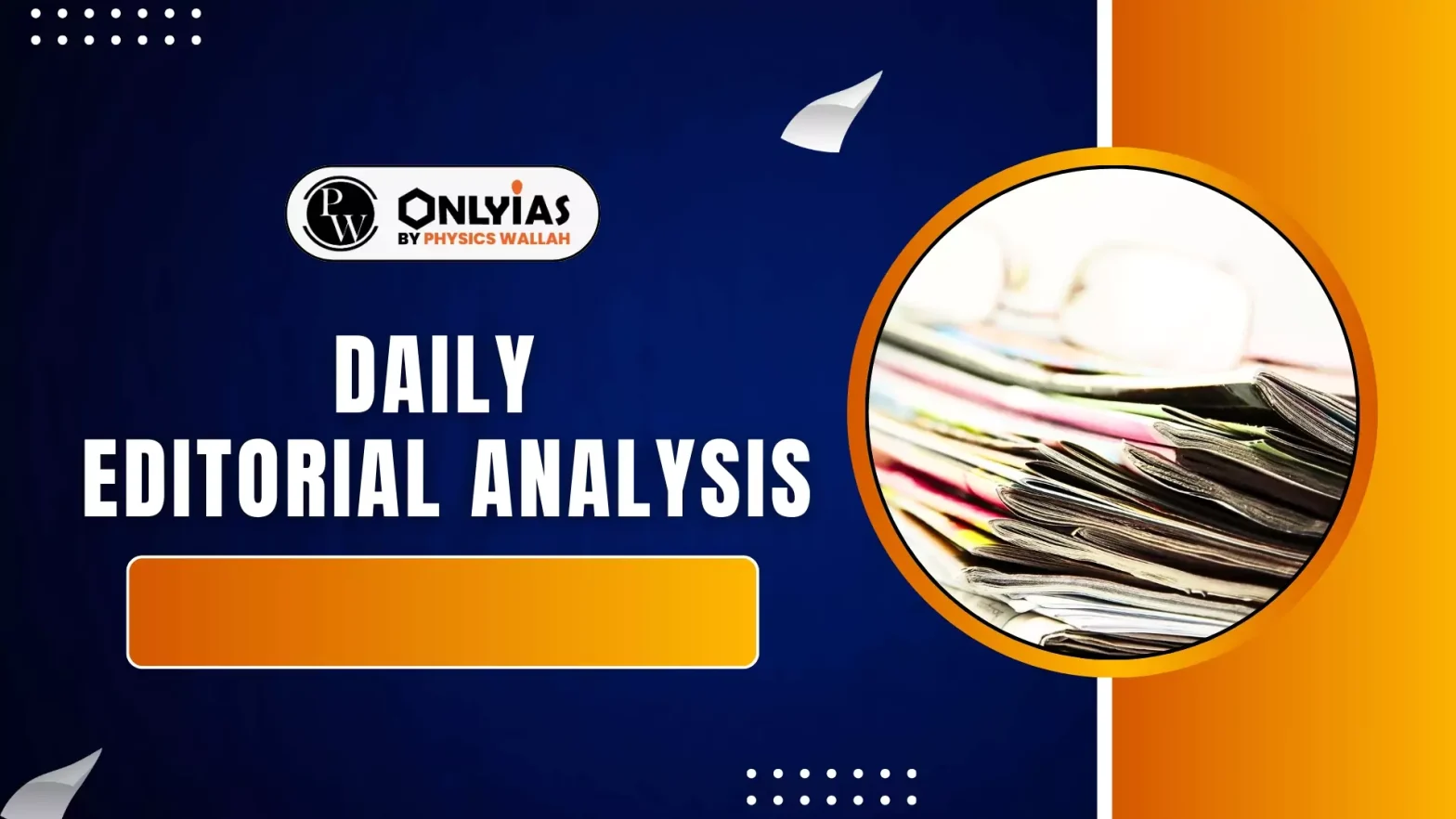India faces an escalating climate crisis marked by extreme weather, rising temperatures, and erratic monsoons. Despite growing evidence and risks, India’s response remains fragmented, lacking a comprehensive framework for climate physical risk (CPR) assessment.
Rising Climate Physical Risks
- High Climate Exposure: Over 80% of India’s population lives in climate risk-prone districts.
- Types of Climate Risks (CPRs): Include acute shocks (floods, heatwaves) and chronic stresses (droughts, shifting monsoons).
- Systemic Impact: These risks threaten public health, economic stability, and national security.
Reactive Adaptation & Skewed Focus
- Reactive Approach: India’s adaptation strategies are mostly short-term and not based on future climate projections.
- Adaptation Undermined by Finance Gap: Climate finance remains focused on mitigation, underfunding critical adaptation infrastructure.
- High Returns on Adaptation: Every $1 invested in adaptation yields up to $4 in avoided losses, making it economically sound.
Understanding CPR: Hazard, Exposure, Vulnerability
- Refers: The IPCC framework defines CPRs through:
- Hazard (e.g., floods, cyclones, heatwaves)
- Exposure (who/what is at risk)
- Vulnerability (capacity to withstand and recover)
- Scale: These three factors determine the true scale of climate risk.
Evolving Regulatory Landscape
- Global Disclosure Shift: Movement from voluntary to mandatory CPR disclosures is accelerating globally.
- RBI’s Climate Risk Push: The Reserve Bank of India is embedding climate risk in its financial regulations.
- Global Standards Driving Change: Frameworks like IFRS ISSB S2 are integrating climate risk into business planning.
Fragmented National Approach
- Lack of Unified System in India: CPR-related resources like flood maps and vulnerability atlases are fragmented and uncoordinated.
- Inadequacy of Global Models: Models like Representative Concentration Pathways and Shared Socioeconomic Pathways fail to capture India’s regional climate variation.
- Data Challenges: Absence of standardised data hinders both government policy and business decisions.
Initial Steps Taken
- Adaptation Communication Milestone: India submitted its first official Adaptation Communication under the Paris Agreement’s Article 7 in 2023.
- Comprehensive National Plan Underway: A new National Adaptation Plan (NAP) aims to cover nine sectors at the district level.
The Path Ahead
- Need for Dedicated CPR Tool: India must develop a dedicated CPR tool that includes:
- Localised climate modelling
- Granular risk assessments
- A centralised data hub
- Transparent, science-based methodologies
- Iterative feedback loops
- Policy and Private Sector Support: This will support both public policy design and private sector risk management.
Conclusion
India’s climate resilience demands a shift from reactive responses to proactive, data-driven risk assessments. A robust CPR framework is essential to ensure that progress under Viksit Bharat is both sustainable and future-proof.
PWONLYIAS Extra Edge:
- Climate Physical Risk (CPR): It refers to potential financial and economic losses caused by climate-related events, such as floods, droughts, storms, and rising temperatures.
- Adaptation: It involves adjusting natural or human systems to minimize harm or benefit from climate change impacts, like rising seas or heatwaves, ensuring continued functioning and survival.
- Mitigation: It refers to efforts that reduce or prevent the emission of greenhouse gases, aiming to slow or limit the extent of climate change over time.
- Resilience: It is the capacity of systems to withstand, recover from, and adapt to climate-related shocks like floods, droughts, or storms while maintaining core functions.
|
![]() 21 May 2025
21 May 2025


